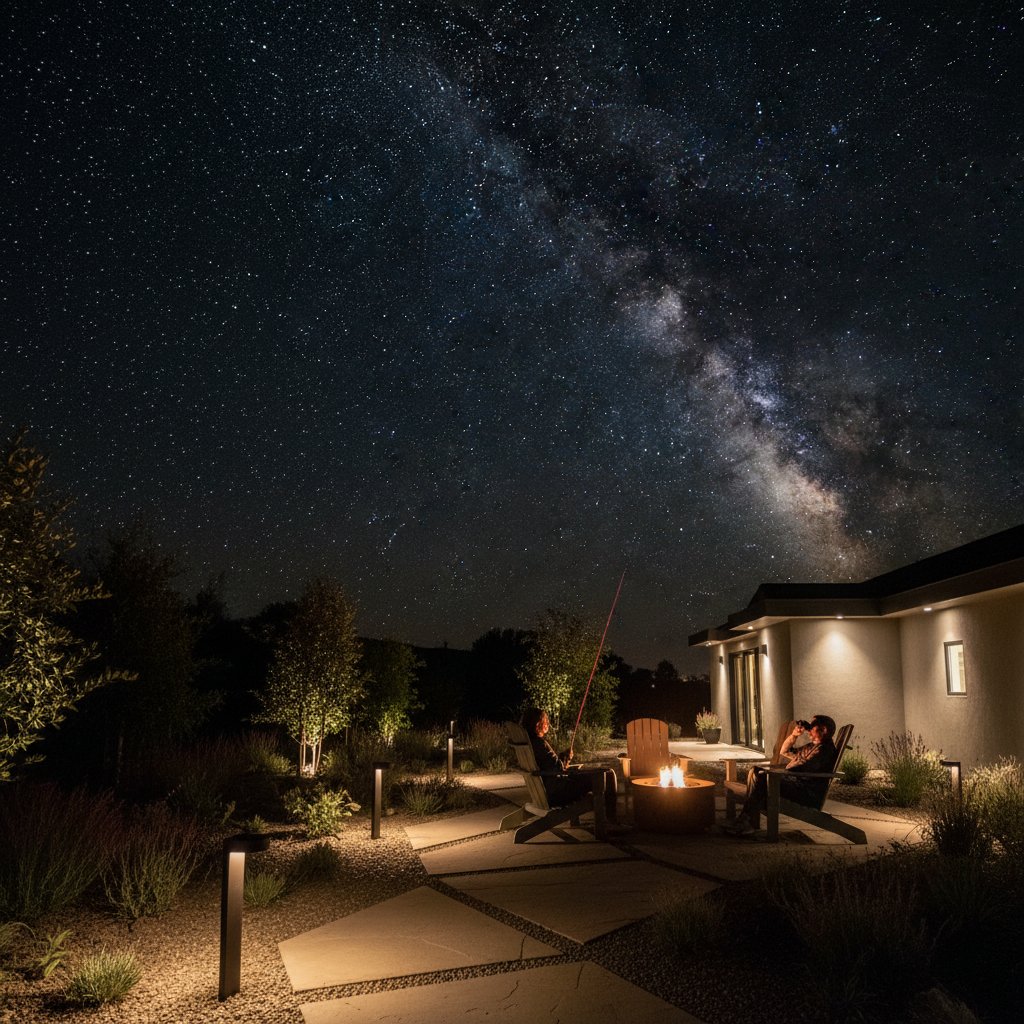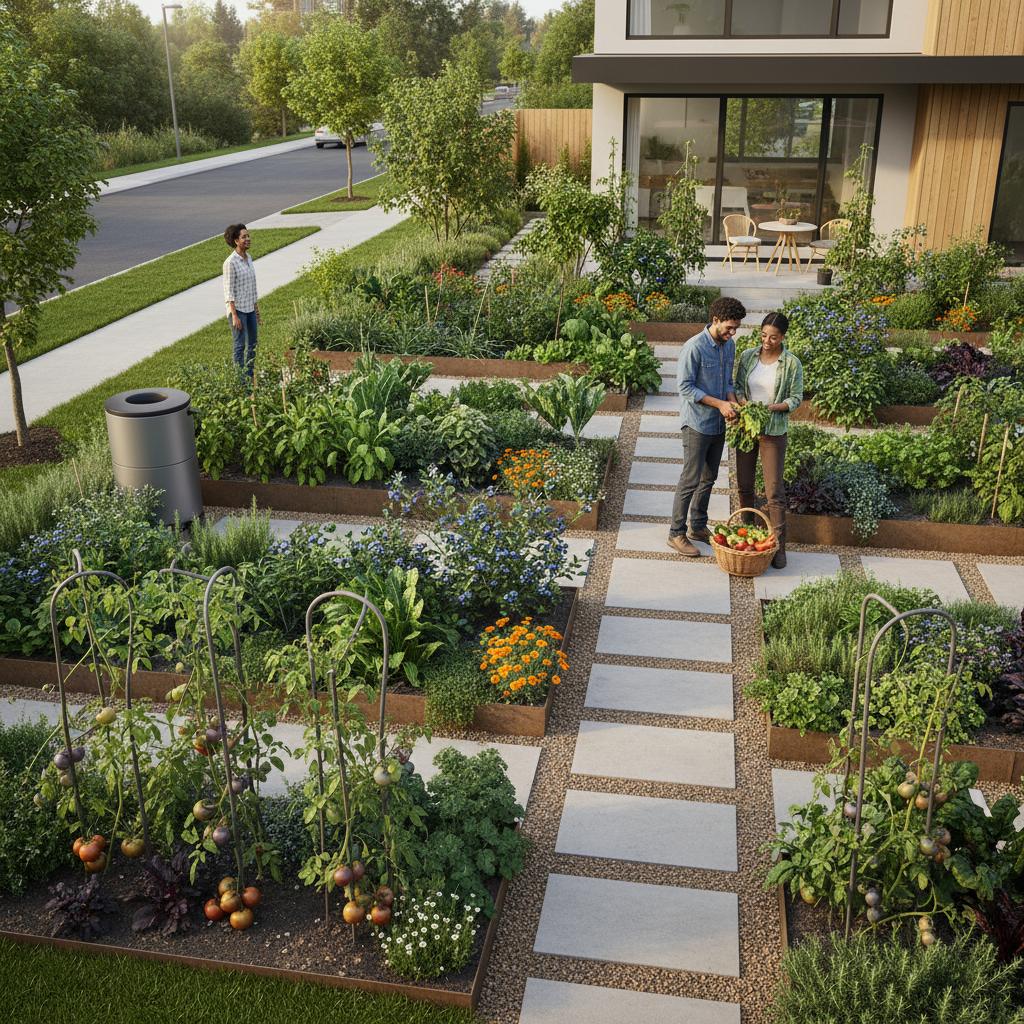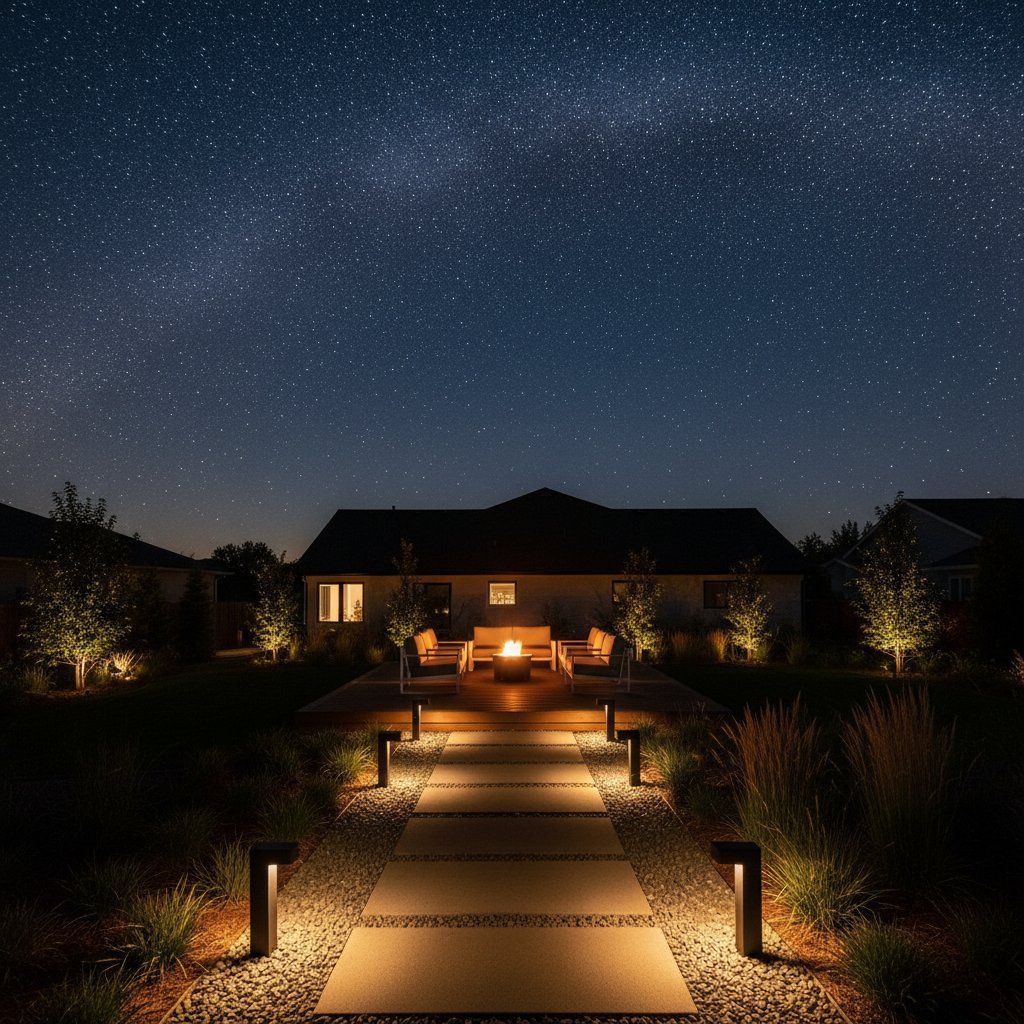Build a Stargazing Paradise with Dark Sky Lighting
Lying beneath a night sky brimming with stars offers profound calm. The serenity, subtle twinkle of remote lights, and nature's quiet cadence provide balance amid daily demands. However, artificial lights in many backyards obscure this scene. Floodlights, intense porch lamps, and luminous path guides wash out the stars. Establishing a stargazing paradise requires rethinking outdoor lighting. Focus shifts from maximum brightness to purposeful application.
Understanding Dark Sky Lighting
Dark sky lighting represents an outdoor design method that honors natural darkness. This approach minimizes glare and sky glow to preserve star visibility while ensuring safety and appeal. Balance remains the objective, not complete blackout. Light directs toward useful areas without dominating the environment or disorienting nighttime wildlife.
Practically, dark sky lighting employs downward-directed illumination and shielding to prevent skyward escape. Fixtures channel light precisely, reducing waste. Light color plays a key role. Warm white or amber hues ease eye strain and lessen interference with insect, bird, and mammal behaviors. For instance, cooler blue tones attract insects excessively, while warmer options promote ecological harmony.
Choosing the Right Fixtures
Selecting fixtures for a star-friendly garden prioritizes shape, direction, and intensity over mere wattage. Opt for fully shielded models that conceal the bulb and block upward light spill. These create focused pools of light for pathways or seating without projecting beams skyward.
Incorporate motion sensors to activate lights only upon approach, curbing idle glow during still nights. Consider solar-powered options with warm LED bulbs; they conserve energy and integrate seamlessly into landscapes. To implement, identify high-impact spots like entryways or patios. Replace existing unshielded lamps with compliant alternatives, such as bollard lights under 3000K color temperature. Homeowners often observe stars emerging after swapping just three or four fixtures, softening the yard's ambiance.
Designing for the Night Sky
A effective stargazing area requires minimal space and complexity. Designate a compact patio with lounge seating, a deck featuring a low barrier, or a secluded garden nook with ground cover. Prioritize sky exposure to enhance the celestial view.
Evaluate light reflection from surfaces during planning. Light-colored stone or gravel amplifies brightness, whereas dark mulch or soil absorbs it, maintaining dimness. Position trees and shrubs to border the space, adding depth and seclusion without obstructing overhead views. For optimal setup, map your yard at dusk: place viewing areas central, away from structures.
Position lights peripherally or at ground level, distant from observation points. This strategy allows pupil dilation for darkness adaptation, sharpening star perception. Aim for fixtures at 3 to 5 feet height, angled 10 to 30 degrees downward.
Balancing Beauty and Function
Dark sky lighting redefines outdoor aesthetics through restraint over excess. A dimly lit walkway, lantern beside a seat, or subtle edging along plant beds evokes enchantment more than intense floods.
Functional advantages include reduced energy consumption, decreased upkeep, and extended fixture longevity. Wildlife experiences minimal disruption, and adjacent properties benefit from eliminated spillover. These decisions accumulate, yielding a site attuned to planetary cycles. Track progress by noting monthly energy bills or wildlife sightings, confirming the design's efficacy.
Refining Your Stargazing Experience
After installing dark sky elements, allow adaptation to the subdued setting. Dedicate evenings to outdoor time with selective lighting. Observe how surfaces gain texture under minimal illumination and how eyes discern previously obscured stars or nocturnal sounds.
Address overly bright zones with lower-wattage bulbs or focused beams. Counter excessive dimness by introducing compact, shielded accents like stake lights. This method supports iterative adjustments. Gradually, the garden evolves into a seamless night extension, serene and vibrant. Rediscover upward gazes as a source of simple, enduring delight.



